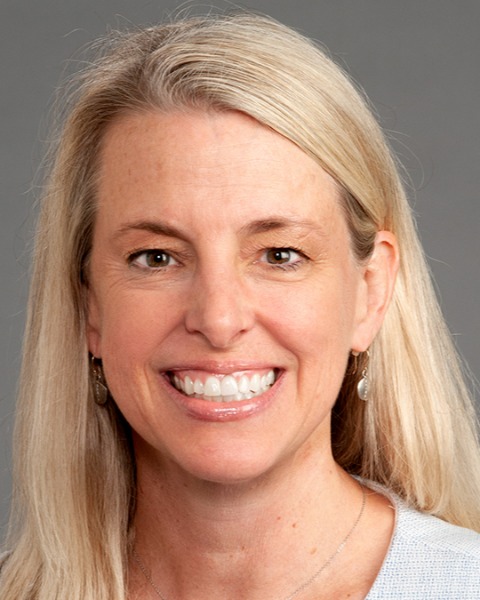Quality Improvement/Patient Safety: Improvement Science Research Methods
QI 1: Improvement Science Research Methods & Evaluation of QI Educational Interventions
680 - Offering Maintenance of Certification Improves Research Survey Adherence
Publication Number: 680.151

Lindsay A. Thompson, MD (she/her/hers)
Chair, Department of Pediatrics
Wake Forest Baptist Health - Brenner Children's Hospital
Winston Salem, North Carolina, United States
Presenting Author(s)
Background: Many pediatricians find fulfilling two Maintenance of Certification (MOC) QI projects in each five-year board certification cycle hard. Research, QI and implementation projects also struggle with participation, especially when investigating clinician behavior. Research can build in MOC to potentially incentivize study engagement.
Objective:
To test if offering an MOC part 4 activity yielded higher completion rates of interval research surveys.
Design/Methods: This study was conducted as a sub-analysis from a large, prospective trial, Text & Talk (R37CA234030) which randomizes HPV vaccine recommendation strategies by clinic for clinicians who see 11-12-year-old patients (physicians (MDs/DOs) and extenders (PAs, APRNs)). There are 2 intervention arms and 1 delayed arm. Clinicians in the intervention arms participated in one-hour trainings on the C-LEAR approach to HPV vaccine recommendations for parents of 11- to 12-year-olds, and thus had more interaction than the delayed arm clinicians who will not receive the training until after the study. All clinicians receive small ($5) cash incentives for completing brief study surveys on three of their 11-12-year-old patients each month for a year for a total of 36 possible surveys. Physicians who opt into an MOC activity complete three additional brief questions each survey. Physician extenders are ineligible for MOC part 4 credit. To assess the usefulness of MOC credit as an additional incentive, we compared the response rates (calculated as a positive response if >50% of all brief surveys were completed) by MOC participation, MOC eligibility and study arms.
Results: Overall, all study arms had a similarly high percentage of female and white, non-Hispanic clinicians; (Table 1). Many chose MOC participation (71.1% in the intervention arms and 47.4% in the delayed arm). Regardless of study arm assignment, physicians who chose to participate in MOC had between 36-54% higher survey response rates than physicians who chose not to participate in MOC (Figure 1). Among all intervention arms, response rates were 73.2% among MOC physicians and 37.9% among non-MOC participating physicians (p value < .001). Physician extenders (who are ineligible for MOC) had the highest response rates (p value < .001).
Conclusion(s):
In addition to small cash incentives, physicians who also chose MOC credit responded at rates up to 54% higher. Since gains in participation rates are difficult, MOC credits should be used as a viable tool to increase survey completion rates among physicians. Future studies may consider other incentives to engage physicians unmotivated by MOC credit.
.png)
.png)
